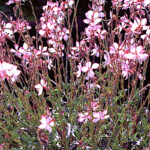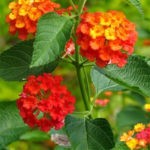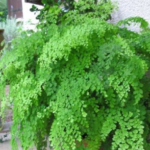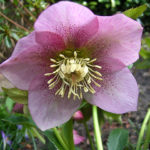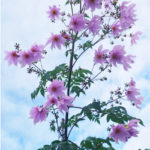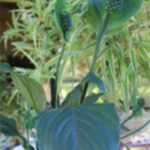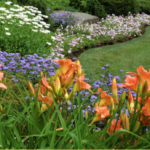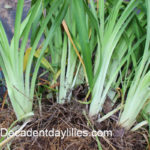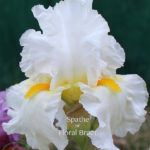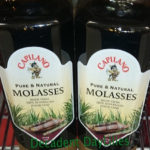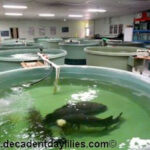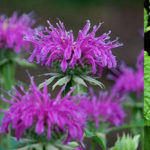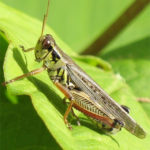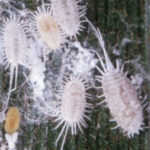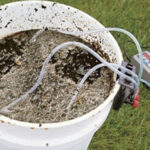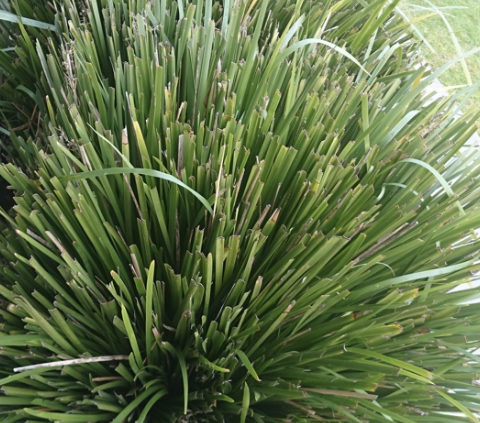
Lomandra Longifolia Growing Care
Lomandra Longifolia Know About Growing Pruning Lomandras And Its Varieties
 Lomandra Longifolia commonly called, as Spiny-headed Mat-rush or basket grass is a perennial rhizomatous plant native to Australia. This plant has long, flat glossy green leaves which grow to a length of about 1 m and 8-12 mm in width. This plant is highly drought tolerant, tolerates poor soils and is used for planting on the roadsides. The aboriginal people of Australia used the long fibrous leaves for weaving baskets this referring to the name basket grass. This is a low maintenance plant and is used widely in commercial landscapes and gardens as a filler plant. The plant produces small creamy yellow coloured perfumed spiky flowers in spring and summer. There are different variants of the plants available from local as well as online nurseries.
Lomandra Longifolia commonly called, as Spiny-headed Mat-rush or basket grass is a perennial rhizomatous plant native to Australia. This plant has long, flat glossy green leaves which grow to a length of about 1 m and 8-12 mm in width. This plant is highly drought tolerant, tolerates poor soils and is used for planting on the roadsides. The aboriginal people of Australia used the long fibrous leaves for weaving baskets this referring to the name basket grass. This is a low maintenance plant and is used widely in commercial landscapes and gardens as a filler plant. The plant produces small creamy yellow coloured perfumed spiky flowers in spring and summer. There are different variants of the plants available from local as well as online nurseries.
Growing conditions
Lomandra varieties can survive in full sun or in areas with 70% shade. It can handle coastal weather conditions. They are functional Australian natives well suited to hot inland areas. It can withstand temperatures as low as -10 degrees C and heavy frost conditions once they get established. The plant prefers sandy loams or free draining clay loams but can tolerate sites and any poor soil type. The plant can tolerate wet, flooding like situations. They are very versatile grow well in swamps and wet places or on rocky hillsides. They are highly resistant to pests and diseases making them pest and disease free.
Maintenance
Mulch and water the Lomandra plants till they get established. It will take around 12 weeks after planting for the plant to establish. Trimming the foliage of the plants by half in every 3-5 years reduces the size of the clump. Trimming can be done in spring. Pruning encourages new growth. Annual trimming can be done to control the growth and to make the cluster look attractive. It is better to provide some fertiliser after trimming the foliage. Applying and every day all purpose fertiliser for greening up plants will improve the colour and vitality of the foliage. If the frost or wind damages the foliage of the plant, then cutting back the foliage 6-8 inches from the base will help in producing new leaves.
Propagation
Propagation of Lomandra Longifolia can be made using the seeds or by the division of the clump. The seeds can be collected when the fruits mature and turn brown in colour. Sow the seeds in soil and keep the soil moist. It will take 6 weeks for the seeds to germinate. Divide the plant clumps into rooted segments or cut in two in every 3 to 5 years and plant them in moist soil to create a new plant.
Varieties of Lomandra
Lomandra offers different varieties with a different type of foliage colour and inflorescence.
- Lomandra ‘Katie Belles’ is the largest variety. It has large arching lime green foliage. It is perfect for creating screening on the roadside. They grow in bright sun or shade and had a creamy white coloured inflorescence.
- Lomandra ‘Katrina Deluxe’ is smaller and are ideal for planting in windy areas. It has medium sized yellow fragrant flowers which are produced in spring and summer.
- Lomandra ‘Nyalla’ is a tough plant with blue foliage and yellow coloured flowers, adaptable to all corners of the globe are very well suited to hot summer flower gardens.
- Lomandra Hystrix naturally grows well on moist soils and hence suited for edge of fresh and brackish water creeks, swamps and rivers.
Apart from these, there are many other varieties like Lomandra Cylindrica, Tanika, Dwarf Lomandra, etc.


